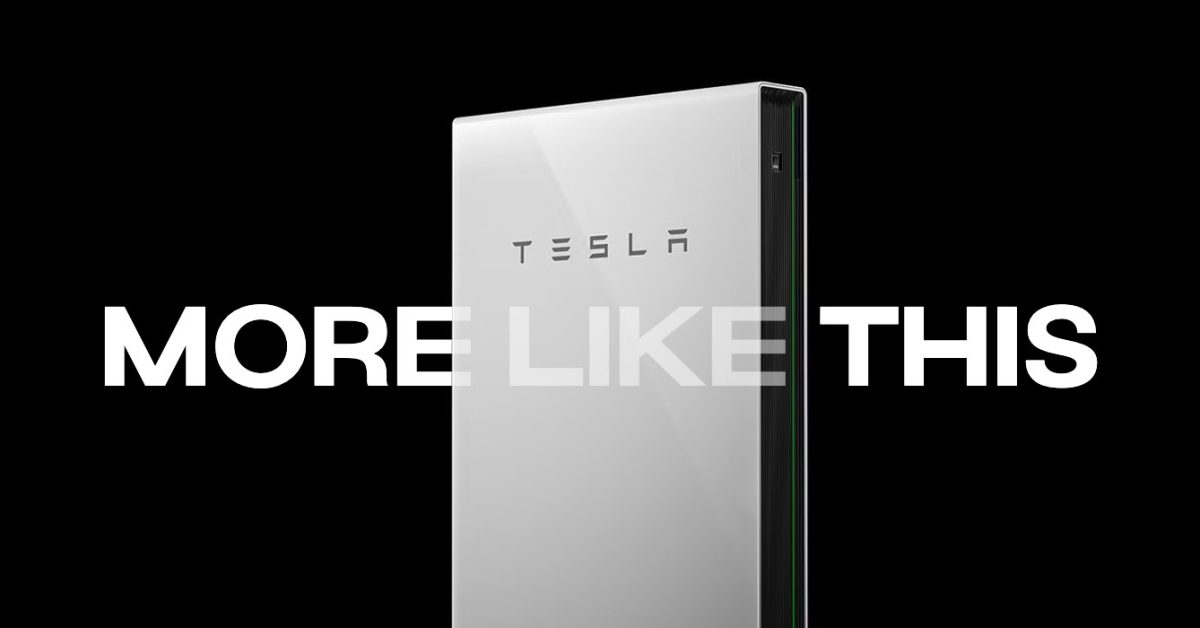Key Takeaways
- Tesla Powerwall is losing popularity due to CEO Elon Musk’s controversial actions, prompting consumers to explore alternatives.
- Available alternatives include Bluetti, EG4, Enphase, Franklin, GM Energy, StorEn, and Villara, each offering unique features and price points.
- When choosing a battery solution, consider capacity, power output, roundtrip efficiency, and price per kWh.
Shifting from Tesla Powerwall: Exploring Alternatives
For years, the Tesla Powerwall stood out as the premier option for homeowners seeking a straightforward solar battery solution. However, as public sentiment shifts away from Tesla, largely influenced by CEO Elon Musk’s recent political activities, customers are increasingly looking for other viable home battery options.
With various alternatives emerging on the market, it is essential to examine these options based on their features, specifications, and pricing.
Bluetti EP800 + B500 offers a flexible and modular setup ideal for smaller spaces or rental homes. This system combines the EP800 off-grid inverter with B500 battery packs to provide approximately 9.9 kWh of capacity, expandable up to nearly 20 kWh. The package retails for under $9,000, and generates 7.6 kW of power, sufficient for essential appliances.
EG4 14.3 kWh PowerPro brings comparable specs to the Powerwall 3 at a lower price. With a usable capacity of 11.4 kWh, continuous power output of 10 kW, and an impressive roundtrip efficiency of 99%, it retails for around $786 per kWh. This makes it an affordable alternative that doesn’t compromise on performance.
Enphase IQ Battery 10 comprises a comprehensive energy system, integrating EV charging and home battery backup. Made in the USA, its Wi-Fi-enabled technology allows seamless operation and control via smartphone, offering users a practical solution without vendor lock-in from major brands like GM or Tesla.
Franklin WH aPower 2 presents a stylish and affordable choice, allowing easy integration with existing solar setups. Though it exceeds the Tesla unit in usable energy capacity by 1.5 kWh, its price at $1,176 per kWh is higher than the Powerwall’s.
GM Energy Home System delivers a fully integrated experience, compatible with GM EVs for added flexibility. It includes components like the PowerBank and charger, priced at $12,700. This system aims to maximize energy management for households that utilize GM vehicles.
For those concerned about lithium-ion batteries, StorEn vanadium flow BESS offers a long-lasting alternative with a lifespan of over 25 years. Though currently unavailable to the general public, it provides a compelling option for future consumers looking for durability.
Lastly, Villara VillaGrid+ stands out due to its superior lithium-titanium-oxide chemistry, offering improved recharge capabilities and enhanced safety. While it comes at a higher price point, it is backed by a 20-year warranty compared to Tesla’s 10 years, reinforcing its appeal.
Choosing the right home battery depends on various factors, including capacity, power output, efficiency, and overall cost. Each of these alternatives presents unique benefits that cater to different needs and preferences, making them worthy of consideration as consumers shift away from Tesla Powerwall.
The content above is a summary. For more details, see the source article.















